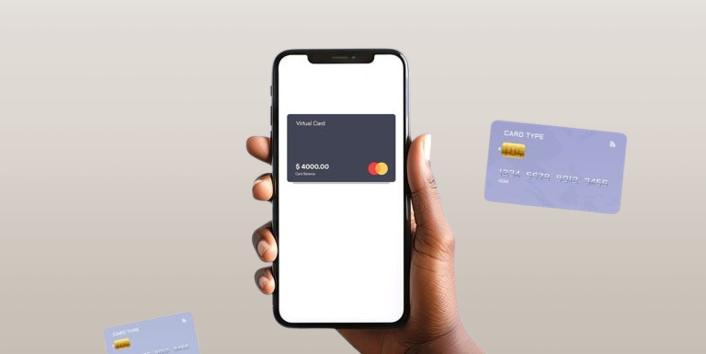
Virtual dollar cards have become increasingly popular in Nigeria, offering a convenient and secure way to make online payments in USD. These digital cards provide a solution to the limitations...
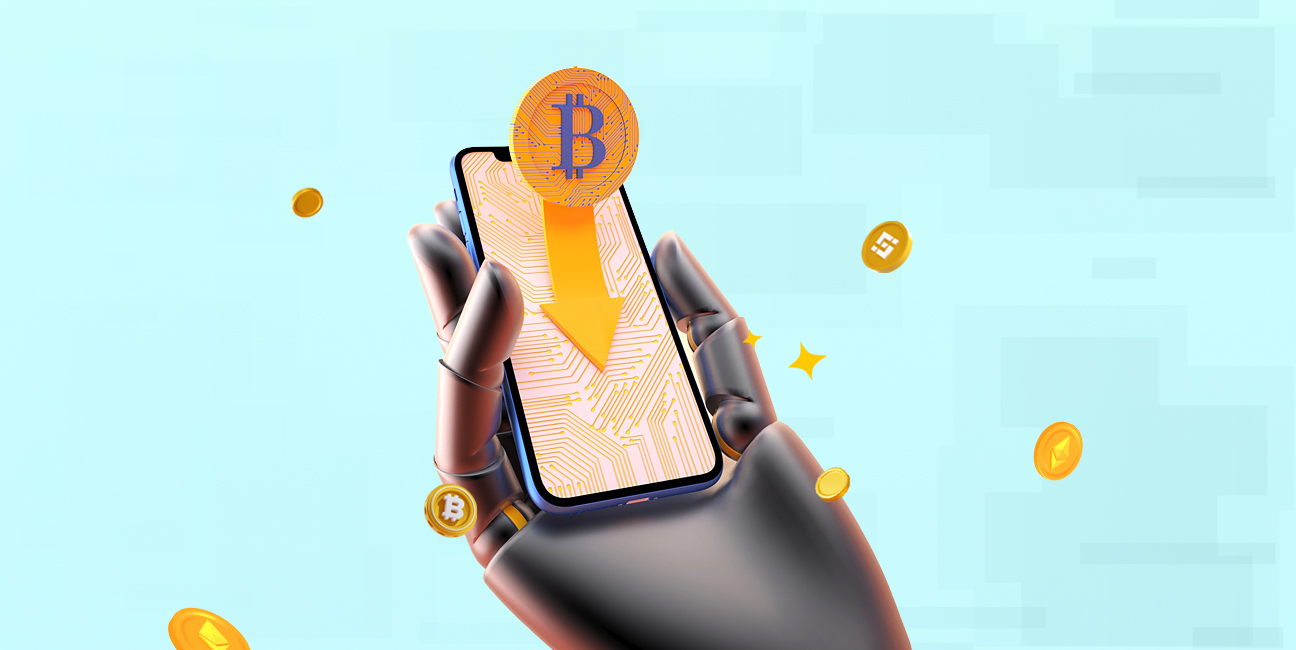
Cryptocurrencies have gone from being a mystery to a widely accepted store of value, means of making money online and a medium of exchange, with over 560+ million cryptocurrency owners worldwide as of 2024. With the existence of so many crypto exchange platforms, sending and receiving cryptocurrency is pretty straightforward, even for beginners.
The first time I got paid in crypto, it was very fast; I received it less than a minute after the sender typed “sent.” That experience left me fascinated, and since then, I’ve sent and received money several times through cryptocurrency and learnt enough to teach an absolute beginner how to do the same.
So, keep reading if you want to learn how to send money to someone using cryptocurrency. I’m going to break it down step-by-step, tell you the benefits, and answer any questions you might have.
Cryptocurrencies are digital currencies that run using blockchain technology. Blockchains are shared public ledgers that store data in blocks for transparency and record purposes. Hence, you do not need a conventional bank account to use them; instead, you need an exchanger or a broker and a wallet address to make a transaction.
Crypto transactions are fast, transparent, and relatively secure, and interestingly, they attract cheaper transaction fees, even for international transfers (more on this later).
A standard crypto transaction begins with the sender initiating by adding their wallet address and that of the recipient, crypto amount, and transaction fee. Then the sender signs it with their private key to authorize the transaction and this allows the transaction to be broadcast to the crypto network for verification. Once verified by miners or validators(depending on the crypto involved)the transaction is added to the blockchain and the fund is sent to the recipient’s wallet.
That said, here are some basic elements involved in every crypto-based transaction:
Let’s now look at the simple steps involved in sending money through crypto.

The first thing you need to know is that you should never send crypto to someone you don’t trust, as transactions are generally irreversible. That said, follow the steps below to send money to someone using cryptocurrency to anyone around the world:
Below, I’ve highlighted some of the most common cryptos used in sending money:
| Cryptocurrency | Average fee | Transaction Speed | Global availability |
| Bitcoin (BTC) | $1 – $5 | 10 – 60 minutes | Very high global availability |
| Ethereum (ETH) | $1 – $50 | 15 seconds – 5 minutes | Very high global availability |
| Litecoin (LTC) | $0.03 – $0.04 | 2.5 minutes | High global availability |
| Ripple (XRP) | $0.01 | 3 – 5 seconds | High global availability |
| Dogecoin (DOGE) | $0.04 | 1 minute | Fair global availability |
| Solana (SOL) | $0.02275 | 10 seconds | High global availability |

Cryptocurrency transactions are usually processed much faster than traditional banking transactions. Depending on the cryptocurrency and network congestion, transactions can be completed within minutes or even seconds, making them ideal for time-sensitive transfers.
Cryptocurrency transactions typically incur lower fees compared to traditional financial systems, especially for cross-border transfers. As a result, sending money using cryptocurrency can be more cost-effective, especially for large transactions.
Anyone with an internet connection and a smartphone can use cryptocurrency. It doesn’t matter if they don’t have access to traditional banks. This makes it easier for people in different parts of the world to send and receive money without a bank account.
Cryptocurrencies are not regulated by the government or a central institution, hence, you don’t have to involve a third party to execute a transaction. This is known as peer-to-peer(P2P) network.
Cryptocurrency rates are quite volatile, and this unpredictability has deterred many from hopping on its train. Sometimes at the point of exchange, this instability may reflect in you sending more or less than you bargained for.
Crypto transactions cannot be reversed or disputed (as in the case of traditional banks). Hence, you can only rely on the goodwill of the recipient to return what you sent or count it as a loss.
You’re at risk of losing access to your wallet and digital assets if you misplace your private keys or your wallet gets hacked.
To send cryptocurrency to someone, simply log into your wallet, select the cryptocurrency you want to send, enter the recipient’s wallet address, specify the amount you wish to send, and confirm the transaction.
When you send crypto to someone, the transaction is verified and recorded on a digital ledger called the blockchain. Once confirmed, the recipient gets the crypto in their wallet.
In general, cryptocurrency transfers can be processed within seconds or minutes. However, it may take longer during periods of high network activity.
To withdraw money from cryptocurrency, you can sell your cryptocurrency on a cryptocurrency exchange for fiat currency such as Naira, USD, EUR, etc. You can also use it to purchase goods and services directly from merchants that accept cryptocurrency payments.
Different factors influence the suitability of a crypto for sending money but the best in terms of stability is USDT or USDC. Bitcoin remains the most globally accepted crypto hence it’s also a great choice. Other options are Ripple, Serum (XRM) and Solana.
Sending money to someone using cryptocurrency offers a fast, secure, and convenient alternative to traditional banking methods.
By following the steps outlined in this guide and leveraging the advantages of cryptocurrency, anyone can easily send funds to friends, family, or businesses across the globe. And if you’re ready to try out crypto trading, sign up on Nosh to begin your journey.

Virtual dollar cards have become increasingly popular in Nigeria, offering a convenient and secure way to make online payments in USD. These digital cards provide a solution to the limitations...

Have you ever looked at your bank account and wondered, “Is there a smarter way to grow my money than just saving it?” If yes, you're not alone. I’ve been...

As an Education graduate in Nigeria, the most accessible job offer for me is teaching in privately owned schools. The implication of this is working hard to earn a penny...
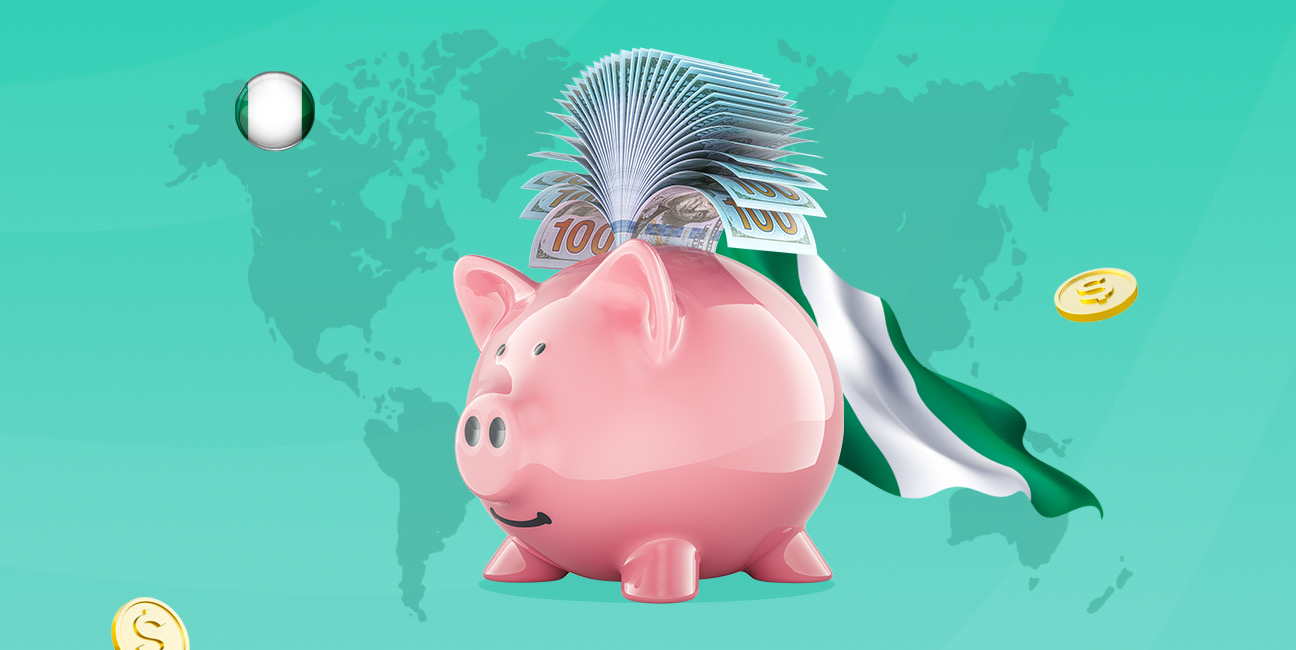
The Naira is weakening, which means your savings and investments are under threat. How do we know this? Well, the Nigeria Bureau of Statistics puts the current inflation rate at...
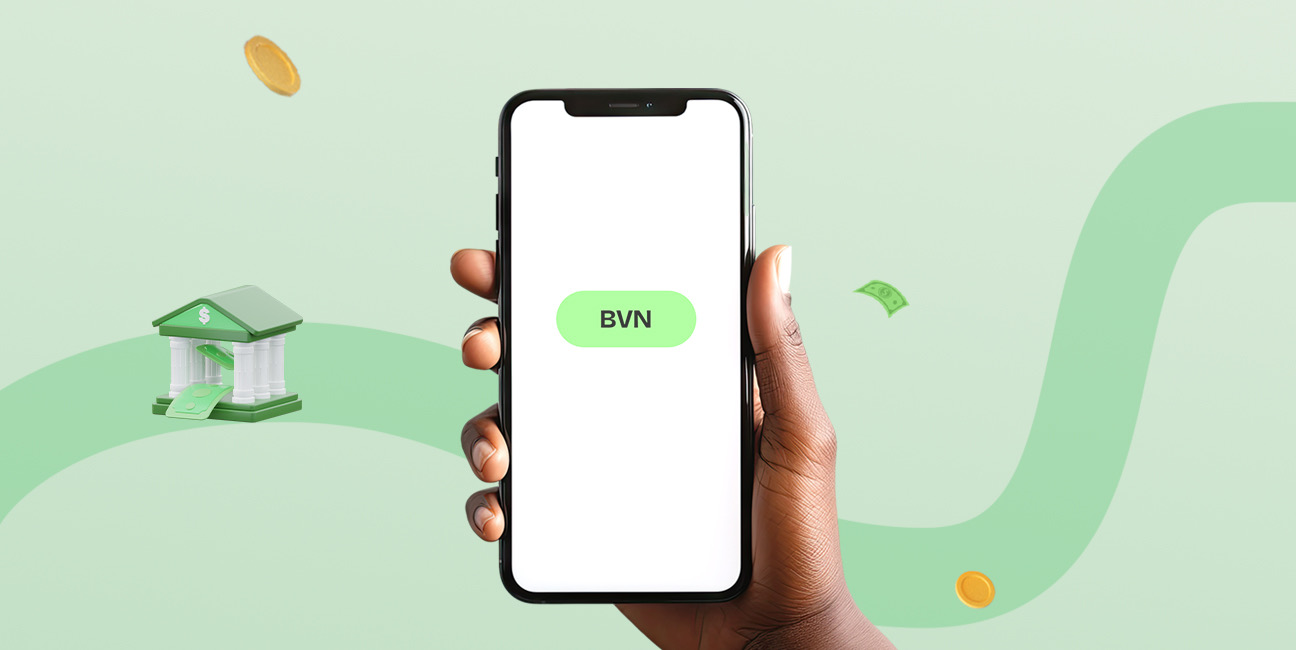
The Bank Verification Number (BVN) is a unique 11-digit number issued by the Central Bank of Nigeria (CBN) to every individual with a Nigerian bank account. It helps protect customers...
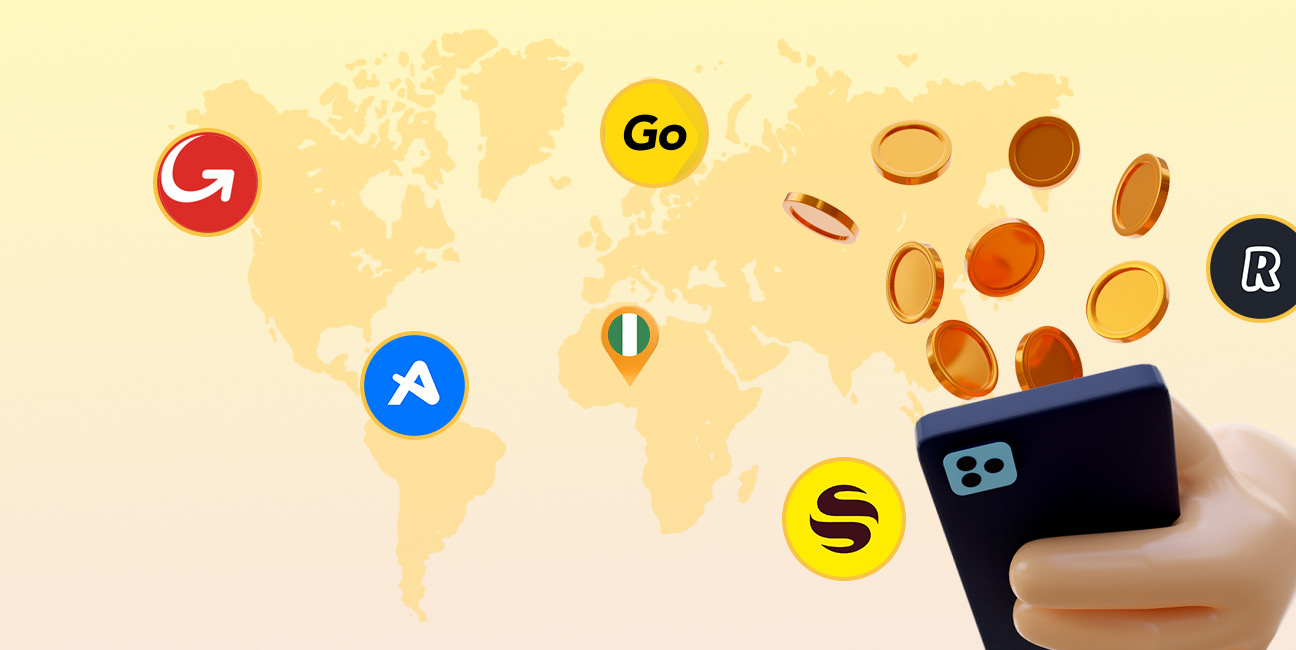
Have you ever found yourself Googling things like 'cheapest way to send money to Nigeria' because you’ve had a terrible experience with high fees, slow transfers, or confusing apps? I’ve...
Get the APP today to start enjoying amazing deals with #TopNOSHExperience.
